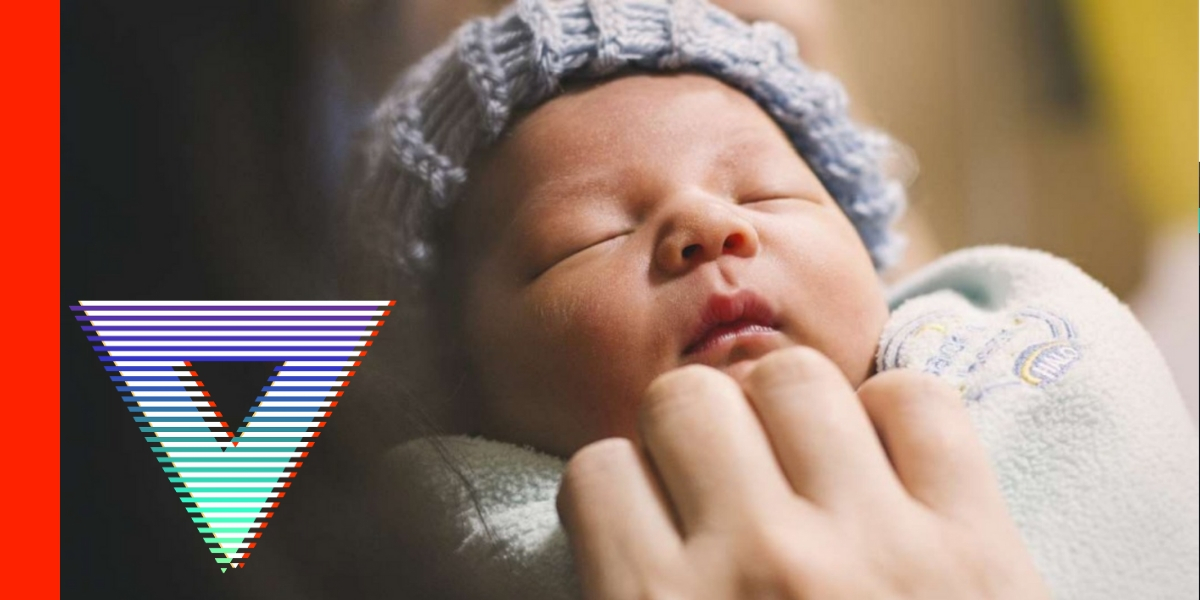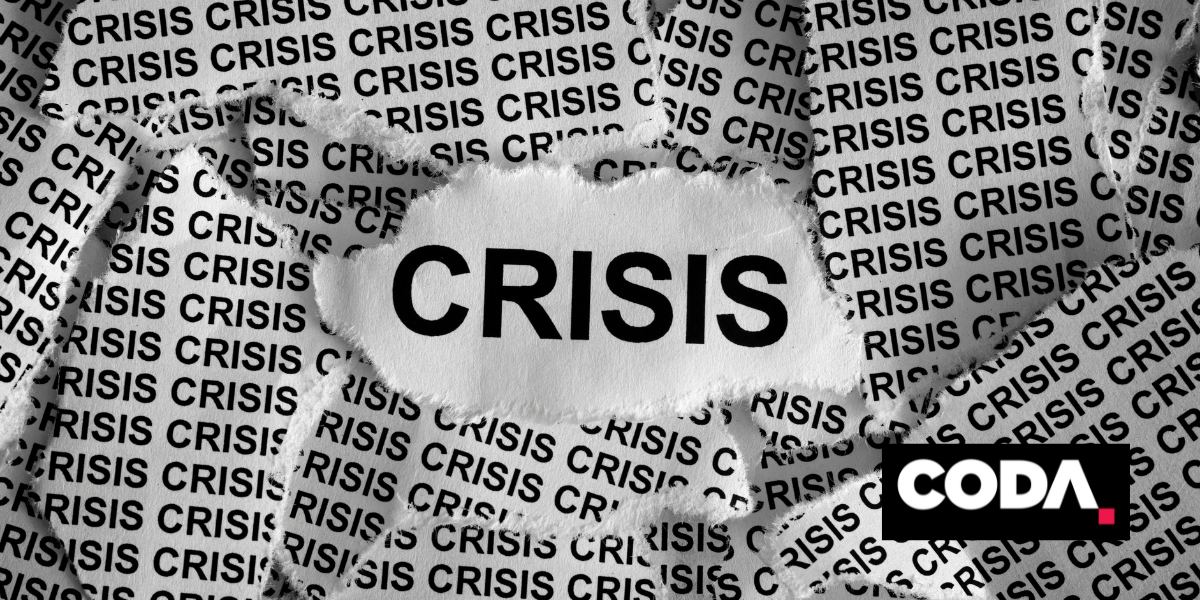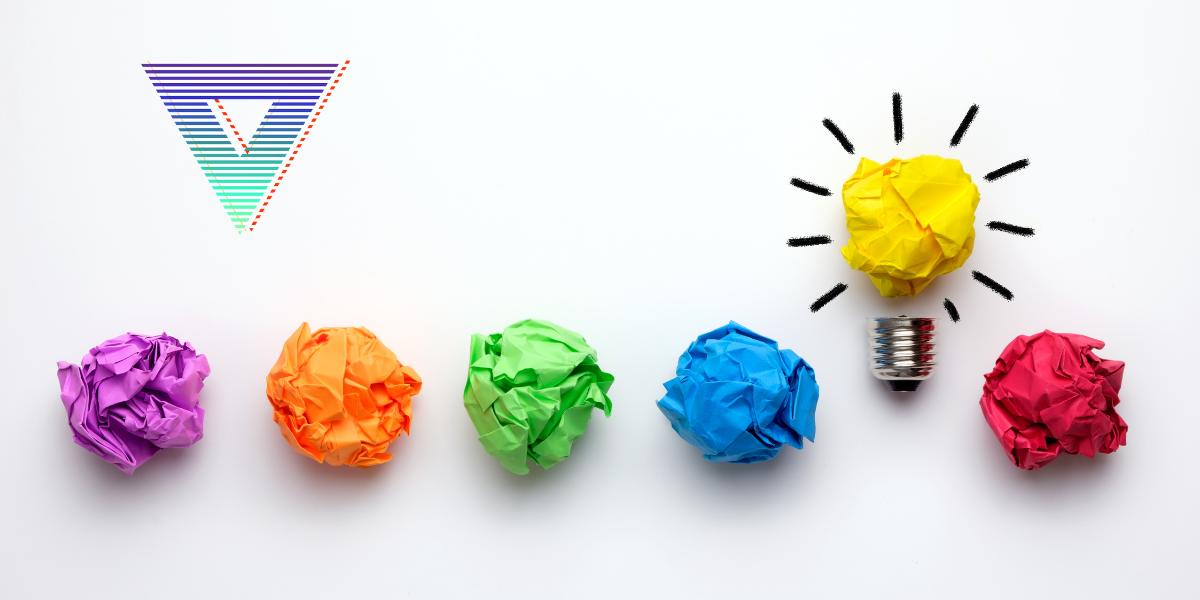Those of us looking after kids know that making confronting situations better for those kids is one our biggest challenges.
A kid’s experience of a procedure in hospital is not just about that particular procedure. It colours all their future interactions with health professionals and can impact on their behaviour outside health care settings.
Virtual (VR) and augmented reality (AR) are new technologies that really rely on old techniques – telling a story and transporting a person to another place.
There is now good evidence that these modalities can improve the experience of patients undergoing induction of anaesthesia(1), having burns care (2) and even effectively treat phobias (3).
More fundamentally, even brief exposures to VR can alter the way people behave.
Healthcare needs clinicians leading the discussion as to how to make it the best option for patients.
Even more importantly, clinicians can use this technology to understand what kids want and how they think about procedures. It is time for kids to help us design the VR and AR of the future.
This session will cover what we mean by VR and AR, what we already know about it, and how we’re trying to learn from kids as we make the procedures of the future a bit better.
Or maybe even fun.
Dr Andrew Weatherall
Dr Andrew Weatherall is a Senior Staff Specialist paediatric anaesthetist at The Children’s Hospital at Westmead and a prehospital doctor with CareFlight. He does research that includes playing games at work. He is proud of the other people in his life.





